Skip over navigation
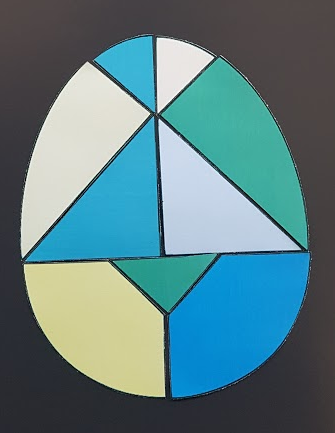
This egg is rather hard to draw so here is a version you can print out. Cut out the pieces and try making the birds shown below and also found here. There are lots more birds to make, so invent your own!
When you have finished, can you put the egg back together again without looking at this image?
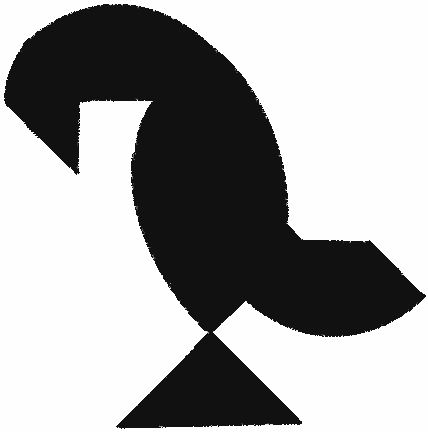
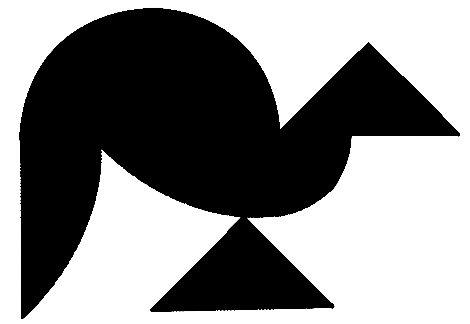
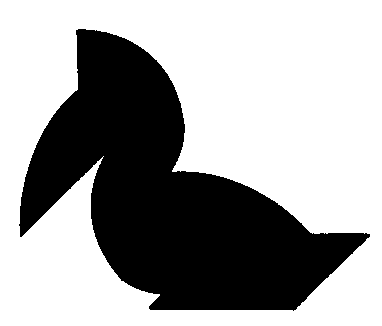
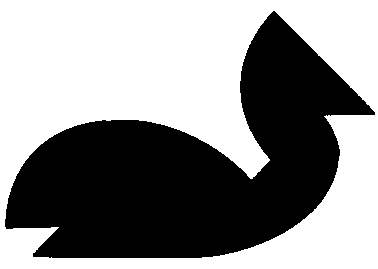
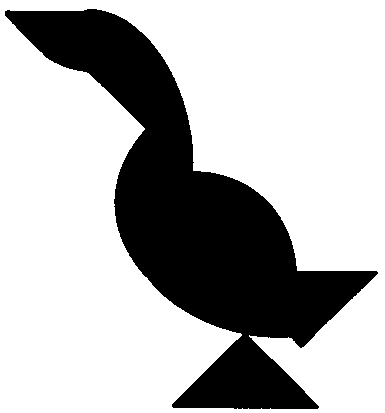
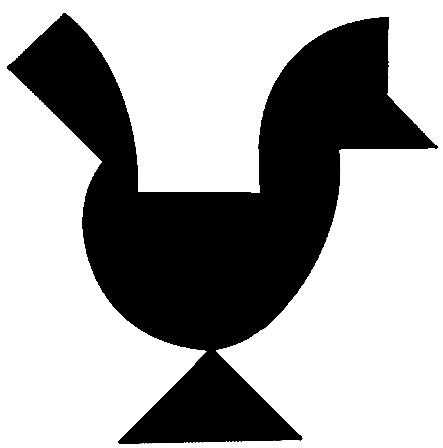
In pairs or small groups, give the children a copy of the egg picture (word, pdf) and ask them to cut out the shapes. They can then experiment with making different pictures using these shapes, comparing their arrangment with the bird pictures (word, pdf). Encourage pupils to explain their reasoning to their partner.
After pupils have made some different arrangements, bring the class together for a mini plenary. Ask pupils to explain what methods they have been using and why those are helpful approaches. Pupils may talk about being able to identify some shapes within the bird picture which they can use to place some of the shapes immediately, and then systematically changing the positions of the rest of the shapes to try to fit them together.
When all of the different bird pictures have been made, ask each group to choose a picture and explain how they know they have the correct solution.
How have you moved it?
Where should that piece go?
Are there any shapes that you can see in the picture that you are trying to make?
Where must the big triangle go?
Or search by topic
Number and algebra
Geometry and measure
Probability and statistics
Working mathematically
Advanced mathematics
For younger learners
Making Maths: Birds from an Egg
Age 7 to 11
Challenge Level 





- Problem
- Getting Started
- Student Solutions
- Teachers' Resources
Making Maths: Birds from an Egg

This egg is rather hard to draw so here is a version you can print out. Cut out the pieces and try making the birds shown below and also found here. There are lots more birds to make, so invent your own!
When you have finished, can you put the egg back together again without looking at this image?






Printable NRICH Roadshow resources: Instructions and Tangrams 1 and 2.
Why do this problem?
This activity introduces pupils to the ideas of rotation and reflection. It encourages children to look at the target pictures and identify different shapes within them.Possible approach
Introduce the problem by cutting up a large version of the egg picture and showing this to the class. Explain that a tangram puzzle takes some small shapes and rotates and reflects them in order to form a larger shape.In pairs or small groups, give the children a copy of the egg picture (word, pdf) and ask them to cut out the shapes. They can then experiment with making different pictures using these shapes, comparing their arrangment with the bird pictures (word, pdf). Encourage pupils to explain their reasoning to their partner.
After pupils have made some different arrangements, bring the class together for a mini plenary. Ask pupils to explain what methods they have been using and why those are helpful approaches. Pupils may talk about being able to identify some shapes within the bird picture which they can use to place some of the shapes immediately, and then systematically changing the positions of the rest of the shapes to try to fit them together.
When all of the different bird pictures have been made, ask each group to choose a picture and explain how they know they have the correct solution.
Key questions
Why are you choosing to move that piece?How have you moved it?
Where should that piece go?
Are there any shapes that you can see in the picture that you are trying to make?
Where must the big triangle go?

